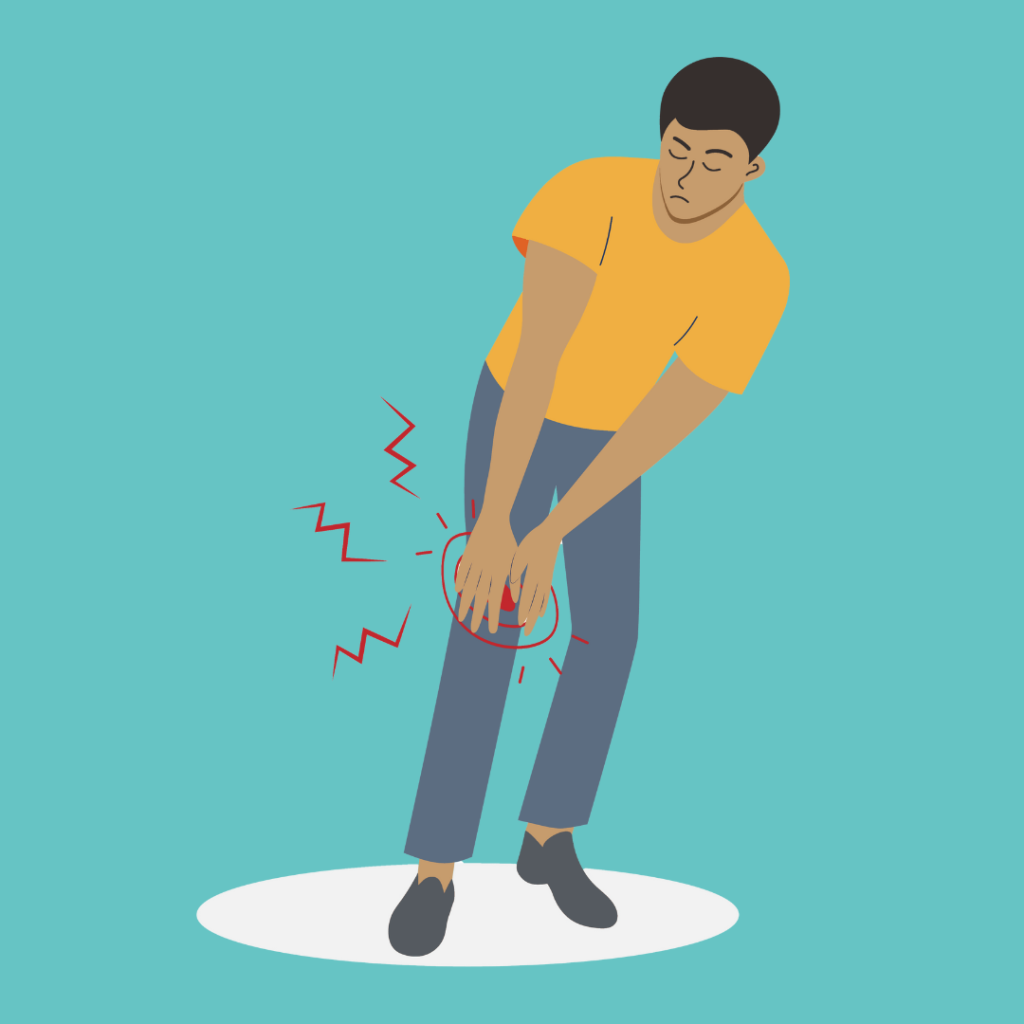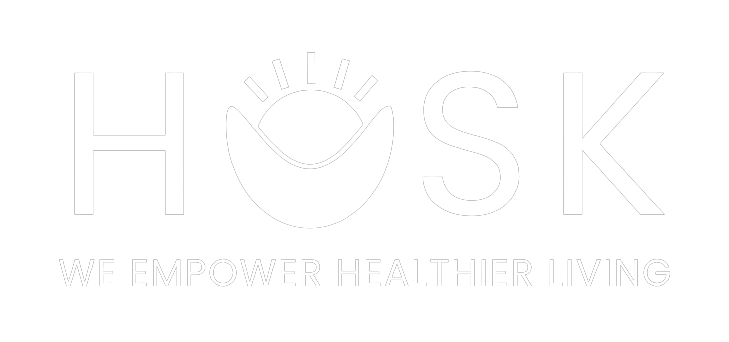
Is "No-Pain, No-Gain" accurate?
Pain is a normal human experience and essential for survival. It can alert us to harmful changes in the body or help us learn to avoid something harmful, like touching a hot stove. In this way, pain keeps us safe. Pain can be described as acute (short-lived) or chronic (present for greater than 3 months). It can be described as sharp, sore, dull, achy, burning, cramping or diffuse. Pain can also impact or be impacted by an individual’s emotional state. Pain is incredibly complex and science is just scratching the surface of the research associated with pain.
But what about pain with or after EXERCISE? Is this normal and what should you do?
Pain AFTER Exercise: Pain or soreness 24-48 hours after a workout is most commonly known as DOMS (delayed onset muscle soreness). The actual mechanism of DOMS remains uncertain, but one of the most common theories is that DOMS is the result of microtrauma of the muscle fibers that have been exercised. The good news is that this microtrauma is thought to contribute to the stimulation of muscle repair and play a role in muscle growth. So does that mean the more “microtrauma” you have, the more muscle you build? The short answer is NO. A minimal/moderate amount of soreness post-exercise is normal and should resolve within 48-72 hours. Anything more than that will cause higher levels of inflammation, decrease mobility, and increase the risk of causing more than “micro” trauma. Plus, there are LOTS of other ways the body builds muscle, mostly related to hormones and increased blood flow. In summary, minimal to moderate amounts of soreness (NOT sharp pain) can be normal after a workout and should resolve within 48-72 hours. If pain is sharp and lasts for more than 3 days, you should consider seeking medical attention.
Pain DURING Exercise: During exercise, it is not uncommon to experience “burning” or “fatigue” in the muscle that is being exercised. This is likely due to a combination of factors related to acids (lactic), proteins, and hormones. Muscle “cramping” is likely due to an electrolyte imbalance or dehydration. Exercise should be stopped and the individual should hydrate appropriately and consider an electrolyte drink. If the pain is sharp and localized, or you experience numbness and tingling, you should stop the exercise and consult with a trainer or medical professional.
How can you prevent pain during and after exercise?: Ensure that you allow time to warm up appropriately before an exercise and stretch post-exercise will help reduce pain during and after a workout. Additionally, remaining hydrated before, during, and after exercise will give your body the fuel it needs to sustain exercise and recover. Lastly, ensuring that your diet is well-rounded and has enough protein to help the body build back is essential to getting the most out of your workout. There is little evidence that cryotherapy (ice) is more effective than rest in reducing DOMS. However, any activity that increases blood flow to the muscle, such as low-intensity activity, sauna, and massage will help the soft tissue recover from microtrauma.
If you are experiencing more than the “normal” amount of soreness during or after a workout, click the button below to speak to one of our Physical Therapists.
Challenge
Marketplace
Mental Health
Nutrition
Rewards
HUSK Pro
Company
About
Contact
Press
Blog
© – HUSK | All rights reserved | Privacy Policy |
Terms & Conditions
|
Security & Compliance
|
Status

